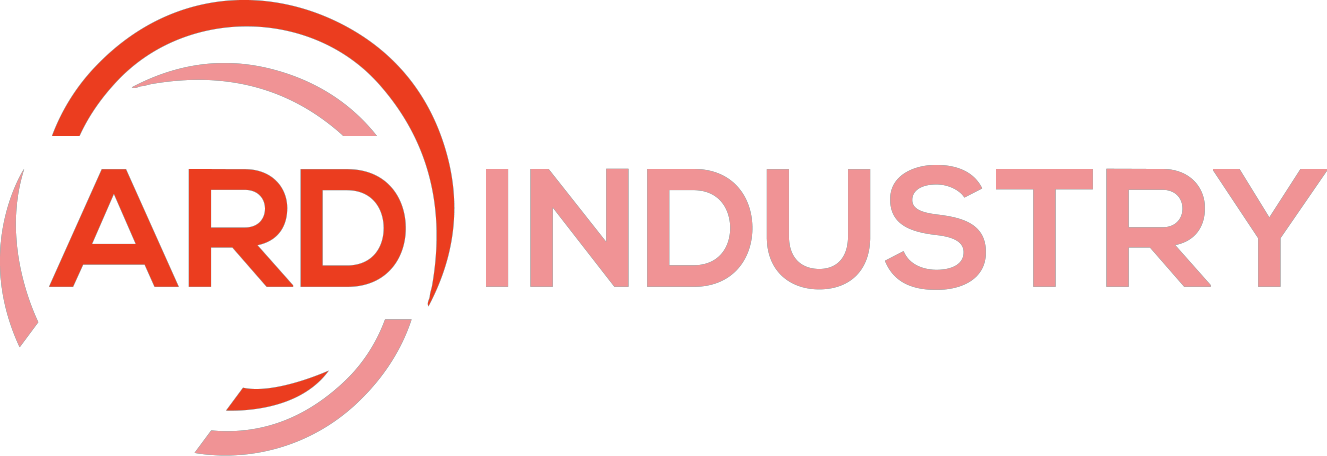Have you ever stopped to think about how some brands effortlessly inspire trust and loyalty while others struggle to leave a mark? Why do certain businesses shine even in challenging times, while others falter under scrutiny? The answer often lies in the subtle but powerful influence of public relations (PR).
But what role does PR play in shaping brand reputation? How does it manage public perception, navigate crises, and ensure a positive image? Whether you’re a budding entrepreneur or an established brand, understanding the relationship between PR and reputation is crucial in today’s hyper-connected world.
In this article, we’ll uncover the essential ways public relations builds and maintains brand reputation, offering actionable strategies and real-world examples to guide your journey.
What Is Public Relations?
Public relations is more than just a tool to broadcast your brand’s message; it’s an art and science of influencing public perception through strategic communication. Unlike advertising, which directly promotes a product or service, PR focuses on earning trust and building relationships organically.
PR’s Core Functions:
- Communication Management: PR ensures that all brand messaging is clear, consistent, and aligned with your values.
- Media Engagement: It bridges the gap between brands and the media, amplifying your story to the right audience.
- Crisis Control: PR helps navigate unexpected challenges, preserving trust and confidence.
The ultimate goal of PR is to build a positive reputation that resonates with stakeholders, including customers, employees, investors, and the community.
Why Brand Reputation Matters – Public Relations
Your brand reputation is one of your most valuable assets. It takes years to build and only moments to damage. A good reputation can open doors to opportunities, while a bad one can close them indefinitely.
Benefits of a Positive Brand Reputation:
- Customer Trust and Loyalty: Customers are more likely to stick with brands they trust, even when faced with cheaper alternatives.
- Attracting Top Talent: A respected brand attracts employees who align with its mission and values.
- Business Partnerships: A strong reputation fosters collaborations and partnerships that can propel growth.
- Crisis Resilience: Brands with good reputations are more likely to weather crises with minimal damage.
A robust PR strategy ensures that your reputation remains an asset, not a liability.
How PR Shapes Brand Reputation – Public Relations
How does public relations influence the way people perceive your brand and build lasting trust?
1. Building a Powerful Brand Narrative
Stories are at the heart of human connection, and PR leverages storytelling to create an emotional bond between brands and their audiences. A compelling narrative highlights your brand’s mission, values, and unique qualities.
Example:
Patagonia’s PR efforts focus on its commitment to sustainability and environmental activism. This story resonates with eco-conscious consumers, making it a leader in its niche.
Pro Tip:
Ensure your brand story is authentic and consistent across all channels, from press releases to social media posts.
2. Managing Public Perception During Crises – Public Relations
Crises are inevitable, but they don’t have to define your brand. PR professionals specialize in damage control by addressing issues head-on, issuing timely statements, and reassuring stakeholders.
Key Crisis Management Steps:
- Acknowledge the Problem: Transparency is critical. Denying or ignoring an issue can escalate distrust.
- Provide Regular Updates: Keep stakeholders informed about corrective actions.
- Show Empathy: Understand and address the concerns of those affected.
Example:
When Tylenol faced a product tampering crisis in the 1980s, its PR strategy focused on transparency and consumer safety, ultimately restoring public trust.
3. Media Relations: The Backbone of PR
Positive media coverage amplifies your brand’s reach and credibility. PR professionals work tirelessly to foster relationships with journalists, bloggers, and influencers, ensuring your brand stays in the spotlight for the right reasons.
Tactics:
- Writing and distributing press releases.
- Organizing press events or product launches.
- Securing interviews and guest columns for company leaders.
Why It Matters:
Media coverage acts as third-party validation, making your brand appear more trustworthy and reliable to consumers.
4. Social Media: Your Reputation in Real-Time – Public Relations
Social media has revolutionized the PR landscape. It provides a platform for direct engagement, but it also exposes brands to real-time scrutiny.
How PR Uses Social Media:
- Sharing news and updates.
- Addressing customer complaints promptly.
- Building a community through interactive content.
Example:
Wendy’s Twitter account is a masterclass in PR-driven social media. Its witty, relatable content keeps the brand relevant and likable.
5. Leveraging Influencers to Enhance Credibility
In today’s influencer-driven economy, collaborations can significantly impact your brand’s reputation. Influencers lend authenticity to your campaigns, helping you reach new audiences more effectively.
How to Choose the Right Influencers:
- Ensure their values align with your brand.
- Evaluate their engagement metrics, not just follower count.
- Collaborate on content that feels natural and authentic.

Long-Term PR Strategies for Brand Reputation – Public Relations
Building a strong brand reputation requires long-term PR strategies that focus on consistency, community engagement, and transparent communication.
1. Regular Monitoring and Feedback
You can’t manage what you don’t measure. PR teams use tools like Google Alerts, Hootsuite, and sentiment analysis software to monitor brand mentions and assess public sentiment.
2. Proactive Community Engagement
Being actively involved in the community strengthens your brand’s connection with its audience. Sponsoring local events, supporting charities, and hosting workshops are effective ways to show you care.
Example:
TOMS Shoes’ “One for One” campaign, where every purchase supports a charitable cause, is an excellent example of community-driven PR.
3. Transparent and Honest Communication
Nothing erodes trust faster than dishonesty. PR ensures that your communication remains transparent, even during tough times. Admitting mistakes and showing accountability can humanize your brand.
Measuring the ROI of PR – Public Relations
How do you know if your PR efforts are paying off? While PR isn’t as directly measurable as paid advertising, there are key performance indicators (KPIs) you can track:
PR Metrics to Monitor:
- Media Impressions: How many people saw your media coverage?
- Engagement Rates: Are people interacting with your PR content on social media?
- Website Traffic: Is there an increase in visits from PR-driven campaigns?
- Sentiment Analysis: Are your mentions positive or negative?
Overcoming PR Challenges
Overcoming PR challenges requires proactive planning, adaptability, and a commitment to turning obstacles into opportunities for growth.
1. Dealing With Negative Publicity
Negative publicity can be daunting, but it’s an opportunity to show your brand’s resilience. Address issues directly, offer solutions, and communicate with empathy.
2. Adapting to Rapid Industry Changes
PR professionals must stay ahead of trends like the rise of AI, changing consumer preferences, and new media platforms. Continuous learning is key.
3. Balancing Transparency and Privacy
While transparency is vital, oversharing can sometimes backfire. PR professionals must strike a balance to protect sensitive information without appearing secretive.

Conclusion: Public Relations
Public relations is the engine that drives brand reputation. From crafting compelling narratives and managing crises to leveraging media and social platforms, PR plays a pivotal role in shaping how your brand is perceived.
Investing in a solid PR strategy isn’t just about managing public perception; it’s about building lasting trust and loyalty. Whether you’re navigating a crisis or celebrating a milestone, remember that every interaction contributes to your brand’s story.
So, how will you harness the power of PR to shape your brand’s reputation? The time to act is now!








